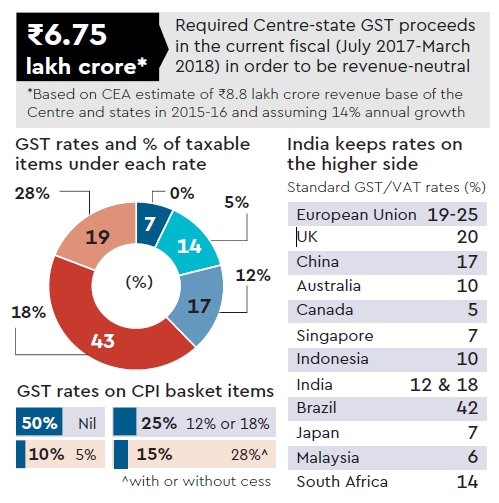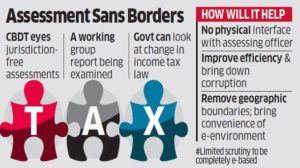
GST or Goods and Services Tax is currently the poster boy for the Indian Economy. While experts, as well as regular citizens, are divided on how GST is going to transform India, the real effects can only be seen after some time. Meanwhile, there are a few things which will have an immediate effect, especially to the businesses. One of these things is the tax identification number, which is now known as GSTIN (Goods and Services Tax Identification Number). GST is basically a 15-digit number which has replaced the Tax Identification Number (TIN) that business entities were allotted while registering under a state’s Value Added Tax law. Such businesses also had to get several other identification numbers from various places. But now, after the GST implementation, all such numbers will be replaced by GSTIN. Also, while registering on the GST portal you get an ARN (Application Reference Number), which is required for further queries regarding your application, including GSTIN number validation.
In order to get the number, there is a two-step process which is needed to be completed by each business. On its part, the government has kept the process of online registration for GST quite simple. The registration for taxpayers and GST practitioners is now open on the GST portal gst.gov.in and one really does not need to do much provided you have the necessary documents ready for the process. GST registration is critical because it will enable you to avail various benefits that are available under the GST regime. According to government data, of the 83.50 lakh excise, service tax and VAT assesses; 65.6 lakh have already registered on the GSTN portal. Of this 65.6 lakh, nearly 13 lakh business entities are yet to complete the second stage of the registration process. Know all about the whole process below.
What is GSTIN? Under the GST regime, all these different identification numbers required for indirect tax purposes will be replaced by a single umbrella number, the GSTIN. All the taxpayers have been consolidated into a single platform for compliance and administration purposes and have been assigned registration under a single authority. The government has set up GSTN – a special purpose vehicle to provide the IT infrastructure necessary to support GST digitally. All of these businesses will be assigned a unique Goods and Services Tax Identification Number (GSTIN). This 15-digit number is similar to the Tax Identification Number (TIN) that is allotted to business entities registered under a state’s Value Added Tax law. Currently, businesses providing services are also required to obtain a Service Tax Registration Number assigned by the Central Board of Excise and Customs (CBEC).
How does GSTIN get allotted? There is a two-stage verification process:
Stage 1: Upon registration on the GST Network portal, a business is given a provisional GSTIN.
Stage 2: In the second stage, the business entity has to log on to the GSTN portal and provide details of its business, such as the main place of business, additional place of business, directors and bank account details.
Notably, the government has allowed traders and businesses to continue their businesses even after July 1 with provisional IDs, until the time they get their final identification numbers.
What does GSTIN contain? A complete break-up of the proposed GST Identification Number. Each taxpayer is allotted a state-wise PAN-based 15-digit Goods and Services Taxpayer Identification Number (GSTIN).
1. Firt 2 digits of the number represents the state code as per Indian Census 2011.
2. Next 10 digits is the PAN number of the taxpayer.
3. 13th digit gets assigned based on the number of registrations within a state.
4. 14th digit is Z by default.
5. Last digit is the ‘sum’ check code.
ARN: Application Reference Number is the full form of ARN. Basically, ARN Status in GST means, a user can check the status of their GST Registration Application. The ARN will be sent to the Registered User’s Mobile number and Email Address provided. There are five types of possible ‘status’ of your application: ‘Provisional’, ‘Pending for Verification’, ‘Validation against Error’, ‘Migrated’, and ‘Cancelled’.




